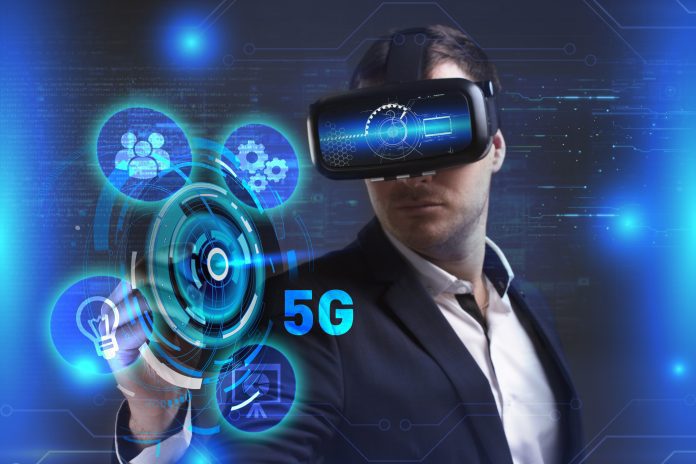While 5G, the next evolution of cellular technology, will first impact consumers, it is poised the dramatically change the way we work and significantly affect the commercial real estate sector.
With an estimated 20 billion internet of things devices to reach marketplace by the year 2020, 5G will allow technology to connect the workplace and keep it running more efficiently. ?
5G?s significantly higher bandwidth and speed will enable more devices to access the network for a seamless, high-speed connection, boosting the efficacy of IoT implementations and providing ubiquitous connectivity for workers.
Virtual reality becomes a workplace reality
Thus far, the majority of virtual and augmented reality applications have remained on the sidelines due to the lack of network through which to transmit the high-quality experience – the arrival 5G will unlock VR and AR’s full potential.
According to a report by Qualcomm, both VR and AR require a cheaper, more extensive network with lower latency and more consistency if they?re to continue developing, making 5G?s significantly faster speeds and lower latency significant to their deployment.
5G will decrease latency by 10 times, improve traffic capacity by more than 10 times, and network efficiency by 100 times compared with ?4G, according to ABI research.
As 5G rolls out, increased speed and bandwidth will make it easier to use virtual meeting rooms, reducing requirements for physical square footage for many enterprises and businesses. ?
Coupled with the increasing trend in remote working and globalization of the workforce, with 5G we will big step closer to a future where virtual office rooms could displace in-person meetings and conference.
5G cloud-based BMS, enhanced building maintenance, reduced downtimes
With 5G building owners will be able to monitor any piece of equipment virtually and in real-time to drive more efficient outcomes such as enhanced tenant experience and workplace productivity.
5G?s higher speed and bandwidth will create fully wireless workplaces and impact everything from printers to elevators. Greater bandwidth would also allow artificial intelligence programs to analyze more data in real-time, allowing smart buildings to engage and interact with employees and landlords.
Augmented reality will also provide a more efficient means of address building maintenance in both commercial and industrial buildings allowing technicians to address issues virtually and reducing downtime, equipment failure and costly on-site visits.
Cloud-based building management systems (BMS), could become complete virtual and simplify building administration for companies with a portfolio of buildings. System administrative teams could be streamlined into a single hub for managing workplaces across various cities or countries.

